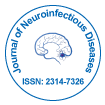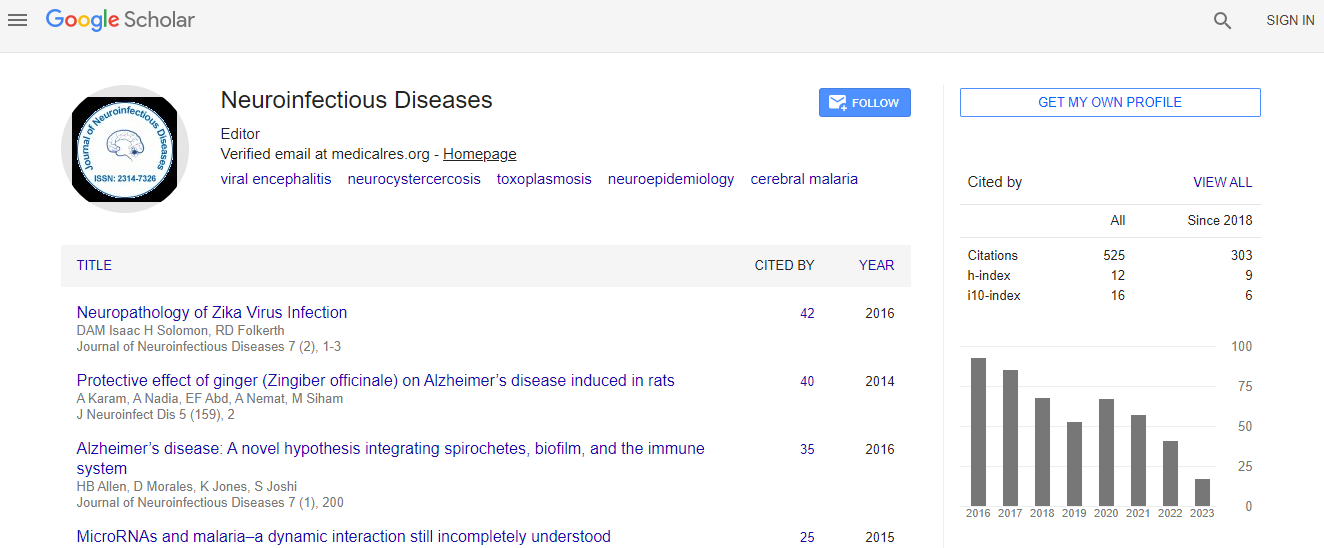Review Article
The Role of Mast Cells and Neuroglia in Neuroinfectious Diseases
| Azize Yasemin Goksu Erol* | |
| Department of Histology and Embryology, Faculty of Medicine, Akdeniz University, Antalya, Turkey | |
| Corresponding Author : | Azize Yasemin Goksu Erol Department of Histology and Embryology Faculty of Medicine, Akdeniz University Antalya, Turkey Tel: 90-242- 3101575 Fax: 90-242-3106629 E-mail: yasemin.goksu@gmail.com |
| Received August 29, 2015; Accepted October 20, 2015; Published October 20, 2015 | |
| Citation: Erol AYG (2015) The Role of Mast Cells and Neuroglia in Neuroinfectious Diseases. J Neuroinfect Dis 6:190. doi:10.4172/2314-7326.1000190 | |
| Copyright: © 2015 Yasemin A, et al. This is an open-access article distributed under the terms of the Creative Commons Attribution License, which permits unrestricted use, distribution, and reproduction in any medium, provided the original author and source are credited. | |
| Related article at , | |
Abstract
The central nervous system may be infected by a wide range of microorganisms. However, immune response in the central nervous system is too limited and delayed, and penetration of antimicrobials from blood-brain barrier is also limited. As a result, morbidity and mortality rates of these infectious diseases are still high despite advanced antimicrobial therapies. Many of these infections are life threatening, and an important percentage of individuals who survive may experience severe and permanent neurological deficit. In the last decades, various experimental studies have provided some insight into the molecular and cellular basis of the human neuroinfectious diseases, including the host response to , pathobiology of neuroinflammation, and mast cell–microglia crosstalk. In this content, mast cells are multifunctional cells which are known as central players in classic IgE-associated allergic disorders. Actually, they have a critical and protective role in host defense against parasites, bacteria, fungi and viruses in the context of both innate and adaptive immune responses through releasing a wide range of pro-inflammatory and immunoregulatory molecules and their characteristic surface receptors for cytokines and chemokines. In this content, mast cells have an important role in protection against infections of the nervous sytem, as well. Recent studies show that mast cells form the major link between neurons and inflammation via neuropeptides. Namely, neuropeptides may induce human mast cell degranulation and chemokine production. This review will provide an overview of the innate and adaptive immune responses, neuroinflammation, the roles of neuroglia and mast cells, and mast cell-glia crosstalk. Development of novel therapies targeting neuroinflammation and an agent which is efficacious in acute and neurogenic inflammation called N-palmitoylethanolamine will also be discussed.

